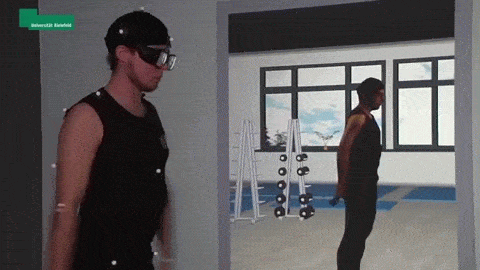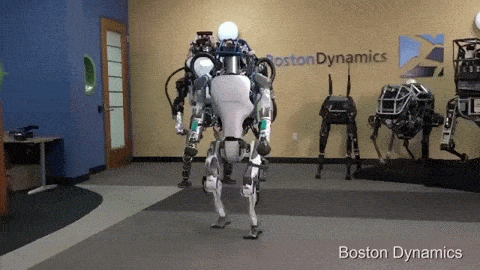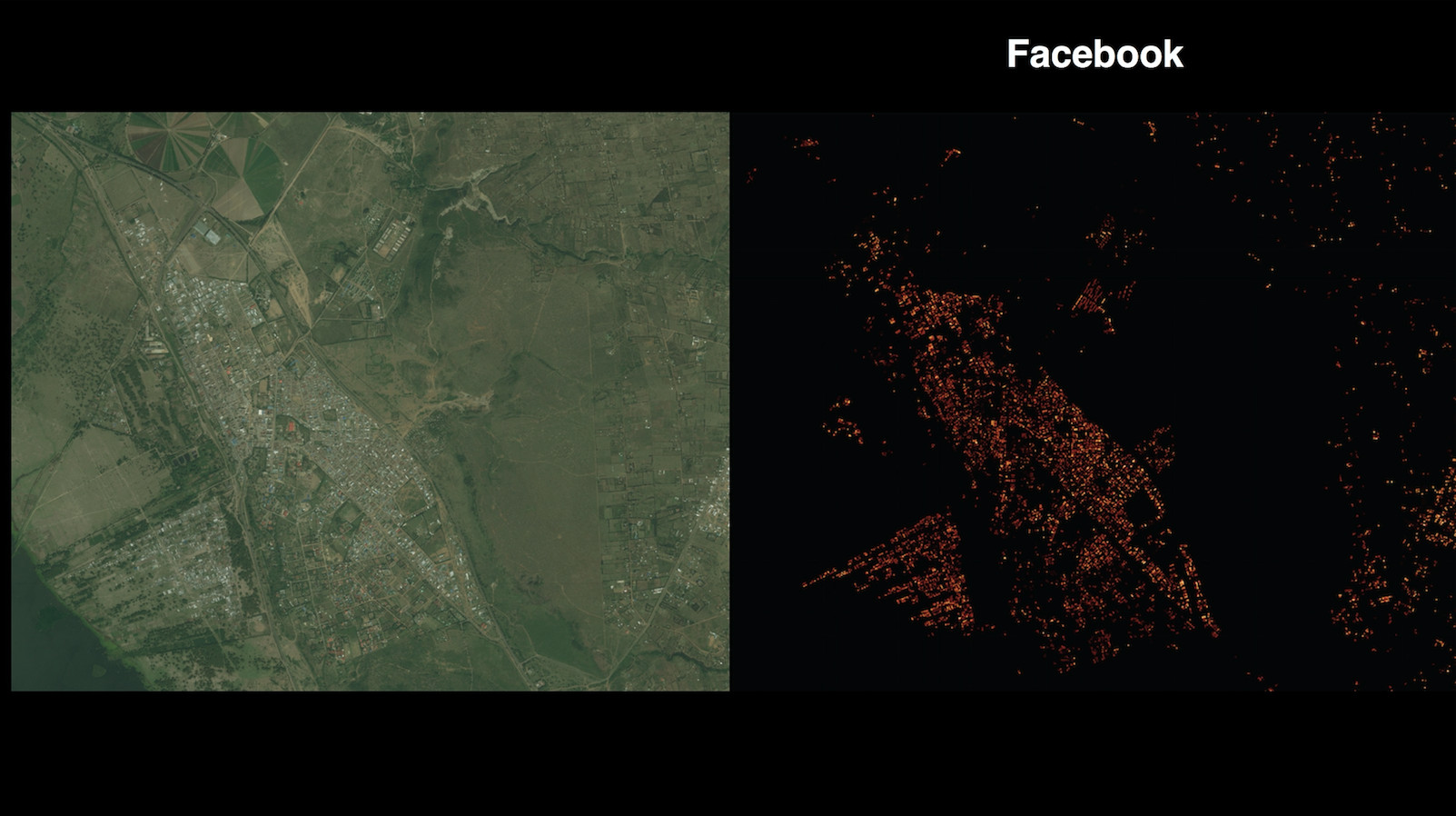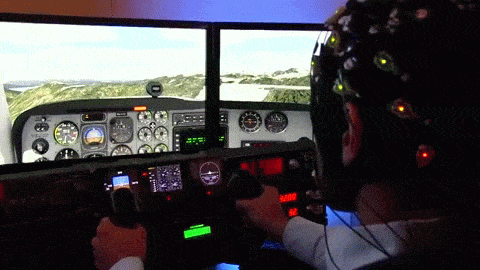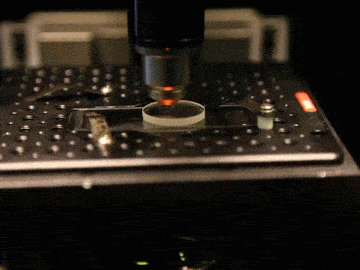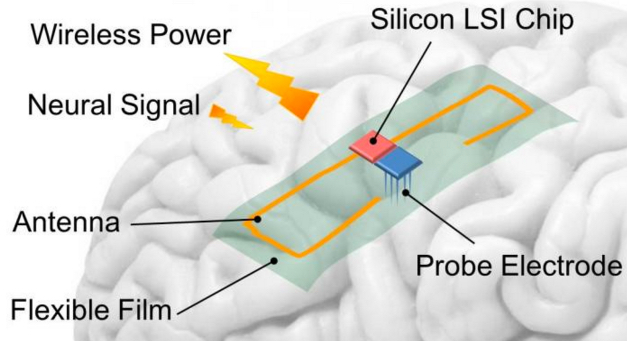Unexpected convergent consequences… this is what happens when eight different exponential technologies all explode onto the scene at once.
This blog (4 of 7) is a look at Drones. Future blogs will look at other tech areas.
An expert might be reasonably good at predicting the growth of a single exponential technology (e.g. 3D Printing), but try to predict the future when A.I., Robotics, VR, Drones, and Computation are all doubling, morphing and recombining… You have a very exciting (read: unpredictable) future. This year, at my Abundance 360 Summit, I decided to explore this concept in sessions I called "Convergence Catalyzers."
For each technology, I brought in an industry expert to identify their Top 5 Recent Breakthroughs (2012-2015) and their Top 5 Anticipated Breakthroughs (2016-2018). Then, we explored the patterns that emerged.
[ Click to Tweet about this (you can edit before sending): http://ctt.ec/KWYB9 ]
Virtual Reality – Context
At A360 this year, my expert on drones was Chris Anderson.
Chris is the founder and CEO of 3D Robotics, where he has built one of the most successful UAV (Unmanned Aerial Vehicle) businesses and an incredibly large community of drone enthusiasts called DIY Drones. Chris was formerly the Editor-in-Chief of WIRED Magazine. To put it lightly, he is brilliant and if you want to know anything about drones, Chris is the guy to talk to.
Before we dive in, here's some more context.
A drone is an aerial robot that can be controlled remotely or autonomously.
Over the past few years, a technological tipping point, driven by the smartphone electronics industry, has demonetized the price of drones and democratized their use for everyone.
The cost of MEMs, accelerometers and gyroscopes have dropped 10 to 100-fold at the same time that cheap and powerful microcontrollers enable low-cost and powerful navigational control systems.
As a result, we now have drones that everyone can use, and companies like DJI and 3D Robotics are enabling both a consumer and entrepreneurial drone renaissance.
With the addition of next-generation sensors and high bandwidth communications, drones are now effective data gathering platforms used by the Construction, Agriculture, Oil & Gas and Security industries.
At the same time, both Amazon and Google have announced much-anticipated drone package delivery services.
Soon, further advances in exponential technologies, batteries and material sciences will create another tipping point in drone technology, making them smart, cheap, reliable, scalable (both small and large), and ultimately ubiquitous.
Top 5 Recent Drone Breakthroughs: 2013 - 2015
Here are the breakthroughs Chris identified in Drones from 2012-2015.
1. Drones go into mainstream business in Construction, Oil/Gas and Agriculture.
Over the past few years, drones have moved from the "government phase" to the "consumer phase" into the "commercial phase."
In the consumer phase, the drone was more toy than tool. The video capabilities and simple flight interfaces made them fun and accessible. But more recently, these toys have been rapidly turning into tools, and we're thinking of them now as "sensors in the sky."
"It's almost like we forget about the drone. Now, we are just connecting a sensor to the cloud and that sensor's in the air. It's below the satellites and above street view."
These sensor platforms ("drones") are now being used in real estate, precision agriculture, oil and gas, construction, and many other domains.
2. Cloud-connected consumer drones run distributed computation, running apps on drone, phone and cloud simultaneously.
"With today's drones you get connectivity, you get the cloud, and if you architect your system correctly, the drone is just an extension of the Internet."
When you distribute the computational task between these three things (the drone, the cloud, and the Internet), you get a very powerful platform that can do an extraordinary number of things, intelligently and at scale – think of it as extending the App Store into the physical world and the sky.
3. Powerful onboard Linux processors appear on sub-$1,000 drones.
"Drones are very powerful computing platforms," says Anderson. "They now have built-in, Linux-based, computer vision technology. They look like toys (and you can use them as toys), but they're really flying AI platforms, and this is just the beginning."
"Right now we're doing 1 gigahertz but with these converging technologies, we're going to be moving to multicore, multi-gigahertz GPUs, DSPs, the works and they're going to be selling for less than a thousand bucks."
4. Industry consortiums (e.g. Dronecode) emerge to build open software stack, drone policy leadership not driven by military.
Over the past few years, nonmilitary consortiums have emerged to push drone technology and collaboration forward. This particular movement is unique and impressive not only because so many people are collaborating/sharing, but also because it is so interdisciplinary.
Anderson expands, "We have the computer side; we have the computer vision side; we have the AI side; we have the cloud side; we have the applications side. No one company or industry knows all the potential applications."
5. Prices for autonomous GPS-guided drones fall 50% (US $500), go mass-market retail.
Drones are demonetizing rapidly. Ten years ago, drones were million-dollar military/industrial things. Today they are on the shelves of Walmart. But it didn't stop there...
Anderson explains further, "They started at $1,500 and now they're at $500 and they're soon going to $50, with even better technology onboard. The price decline in the industry is staggering."
So what's in store for the near future?
Top 6 Anticipated Drone Breakthroughs 2016 - 2018
Here are Anderson's predictions for the most exciting, disruptive developments coming in drone technology over the next three years. As entrepreneurs and investors, these are the areas you should be focusing on, as the business opportunities are tremendous.
1. Drones are increasingly based on cutting-edge smartphone technology (Qualcomm Snapdragon platform).
The drone industry is leveraging billions of dollars of investment going into this kind of revolution in our pockets. We are using commodity hardware and open-source software to outperform military systems faster and cheaper.
"This is just the beginning," says Anderson. "You will basically see supercomputer performance in toy level devices, just as we're already seeing with smartphones."
2. Computer vision, sense-and-avoid and optical tracking become standard in consumer drones.
The next big breakthrough in drone research will be "sense-and-avoid."
Right now, drones are either manually piloted or GPS piloted, but as we integrate them into our urban fabric, they'll need true autonomy.
Anderson expands, "Drones will need to have eyes. Sensors like radar, LiDAR, stereo vision, sonar, and they'll need to use this to autonomously avoid obstacles and fly. It's environmental awareness and it is necessary to safely navigate worlds they've never explored."
"Eventually, the data from autonomous drones will convince the regulators that they're safer than having a pilot."
3. Major software companies integrate drone data into core offerings, taking "reality capture" mainstream.
"It's really hard to digitize the physical world," says Anderson. "Satellites are too high, and two-thirds of the planet's covered by clouds at any given point in time. Street View is limited to the street. The way we're going to digitize the planet is by putting sensors out there on drones, with anywhere/anytime access to the sky."
Once we do that, we'll create the biggest big data opportunity we've ever seen. Autodesk, Salesforce, SAP, Google, etc. want to take that data and turn it into analytics to track all kinds of things, like how things change.
4. Drones surpass satellites in amount of data gathered and used.
A transition is happening -- Earth observation started in the space age with satellites.
Anderson continues, "I believe we're going to see drones become the main way that we digitize the planet from the air. Satellites are going to be complimentary, covering big areas but at lower resolution."
5. Drones become like Wi-Fi.
"Today the FCC doesn't have to regulate or give you a license for Wi-Fi because it's low power and self-de-conflicting – it's not a threat to anyone," says Anderson.
"In the future, as drones become small enough, with low kinetic energy, and smart enough, I believe the FAA will regulate them like Wi-Fi. We want the FAA to create kind of an 'open spectrum' sandbox to allow for a huge amounts of innovation."
Join Me
The implications of these converging trends are staggering.
There has never been a more exciting time to be alive.
This is the sort of conversation we explore at my 250-person executive mastermind group called Abundance 360.
The program is highly selective. If you'd like to be considered, apply here.
Share this with your friends, especially if they are interested in any of the areas outlined above.
P.S. Every week I send out a "Tech Blog" like this one. If you want to sign up, go to Diamandis.com and sign up for this and Abundance Insider.
P.P.S. I've just released a podcast with my dear friend Dan Sullivan called Exponential Wisdom. Our conversations focus on the exponential technologies creating abundance, the human-technology collaboration, and entrepreneurship. Head here to listen and subscribe: a360.com/podcast
PHD Ventures , 800 Corporate Pointe, Suite 350, Culver City, CA 90230

 | This email has been checked for viruses by Avast antivirus software. |
